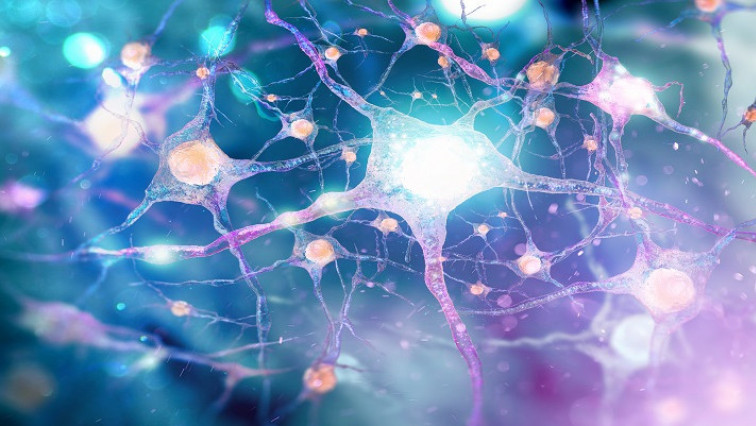The study, published in the Journal of Extracellular Vesicles, whose first author is the predoctoral student Julia Solana-Balaguer, is led by Professor Cristina Malagelada, from the Faculty of Medicine and Health Sciences and the Institute of Neurosciences (UBneuro) of the University of Barcelona. Other leading researchers from UBneuro, the Faculty of Physics and the Institute of Complex Systems (UBICS) of the UB, the August Pi i Sunyer Biomedical Research Institute (IDIBAPS) and the areas of the Center for Biomedical Research Network on Neurodegenerative Diseases (CIBERNED) and Epidemiology and Public Health (CIBERESP), among others, have also taken part in the study.Neuron-to-neuron communication.
Neurons are capable of forming vesicles that transport molecules — proteins, lipids, RNA, etc. — to the outside, and regulate communication between nerve cells. These are extracellular vesicles, and even today there are still many unknowns about the role they play in communication between neurons in the nervous system.
The new study, performed with in vitro neuronal cultures from animal models, reveals that these vesicles are capable of transporting proteins — for example, PSD-95 and VGLUT-1 — and other determinants of communication processes between neurons.
"Although extracellular vesicles have been proposed as regulators of intercellular communication in the brain, most studies demonstrate this in models that are far from a physiological state and in vesicles whose origin is unknown. In this study we demonstrate that, in a physiological model without pathologies, neuron-specific extracellular vesicles regulate neuron-to-neuron communication and promote synaptic plasticity", says Cristina Malagelada, professor at the UB Department of Biomedicine and researcher at the CIBERNED.
New strategies to combat neurodegeneration
Within the framework of the study, the team has applied complementary techniques to isolate the extracellular vesicles released by neurons, such as sequential ultracentrifugation or size exclusion chromatography. In addition, techniques have been used to characterize them, such as nanoparticle tracking analysis and transmission electron microscopy. These vesicles have also been used to perform treatments on healthy neurons and neurons deprived of nutrients.
"Once neuron-neuron communication is understood in a non-pathological state, we want to address this question in the context of neurodegeneration. Therefore, it is crucial to be able to characterize the vesicles released by neurons in neurodegenerative diseases in order to understand the progression of these pathologies. In addition, we want to explore if, in a pathological model, we can reverse a more neurodegenerative trait with the treatment of extracellular vesicles derived from healthy neurons", concludes the researcher.
Read the original article on University of Barcelona.







